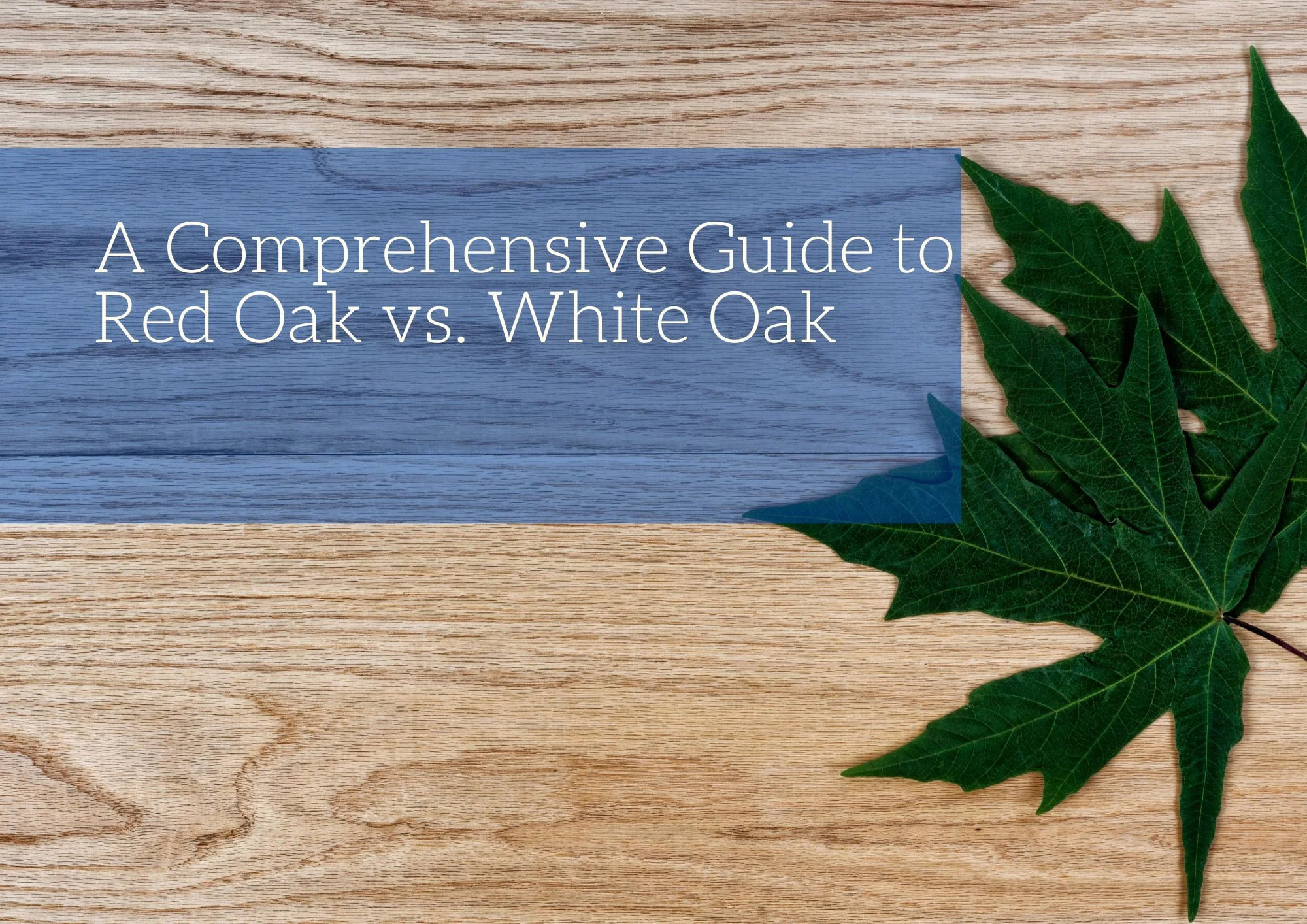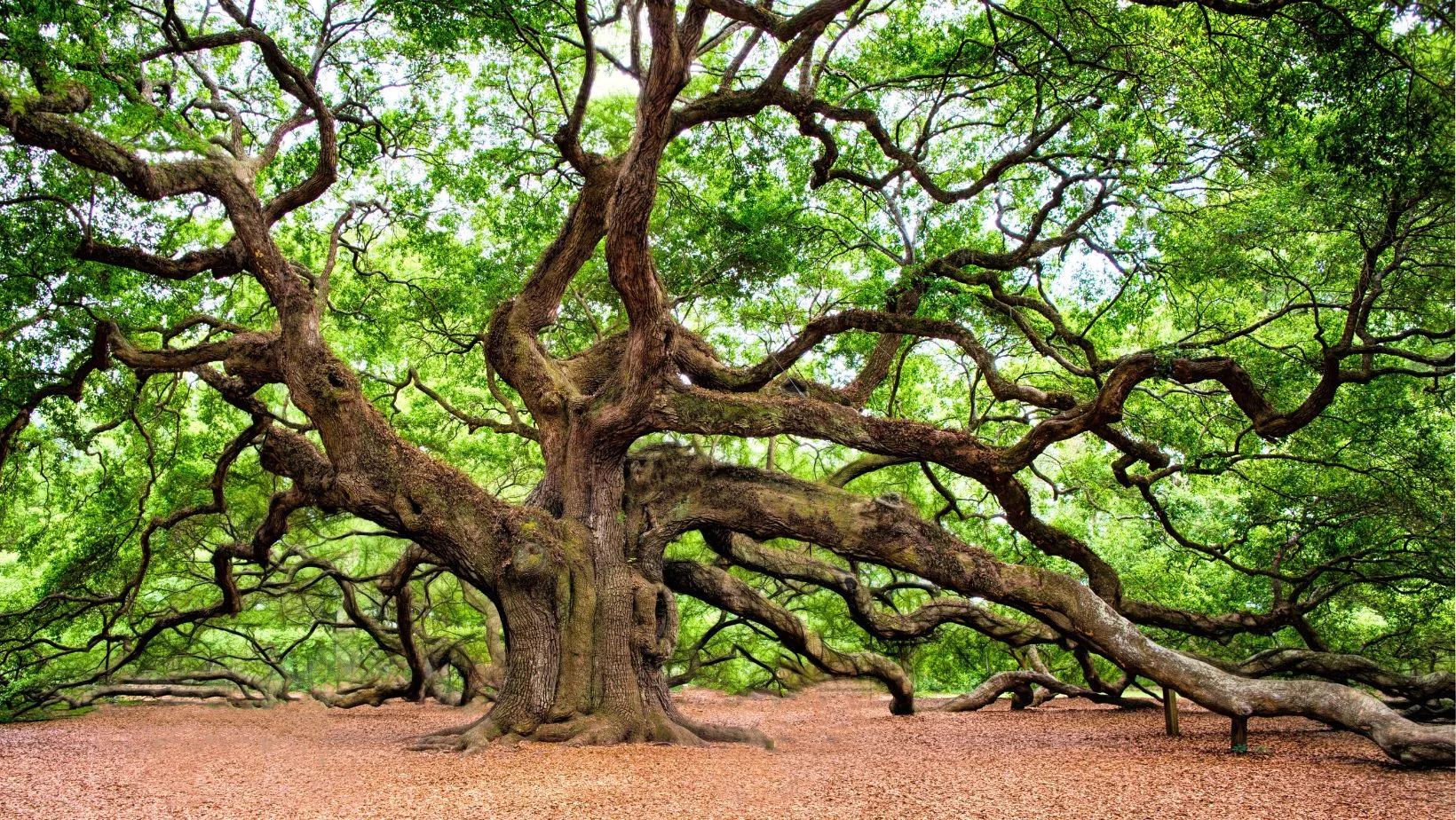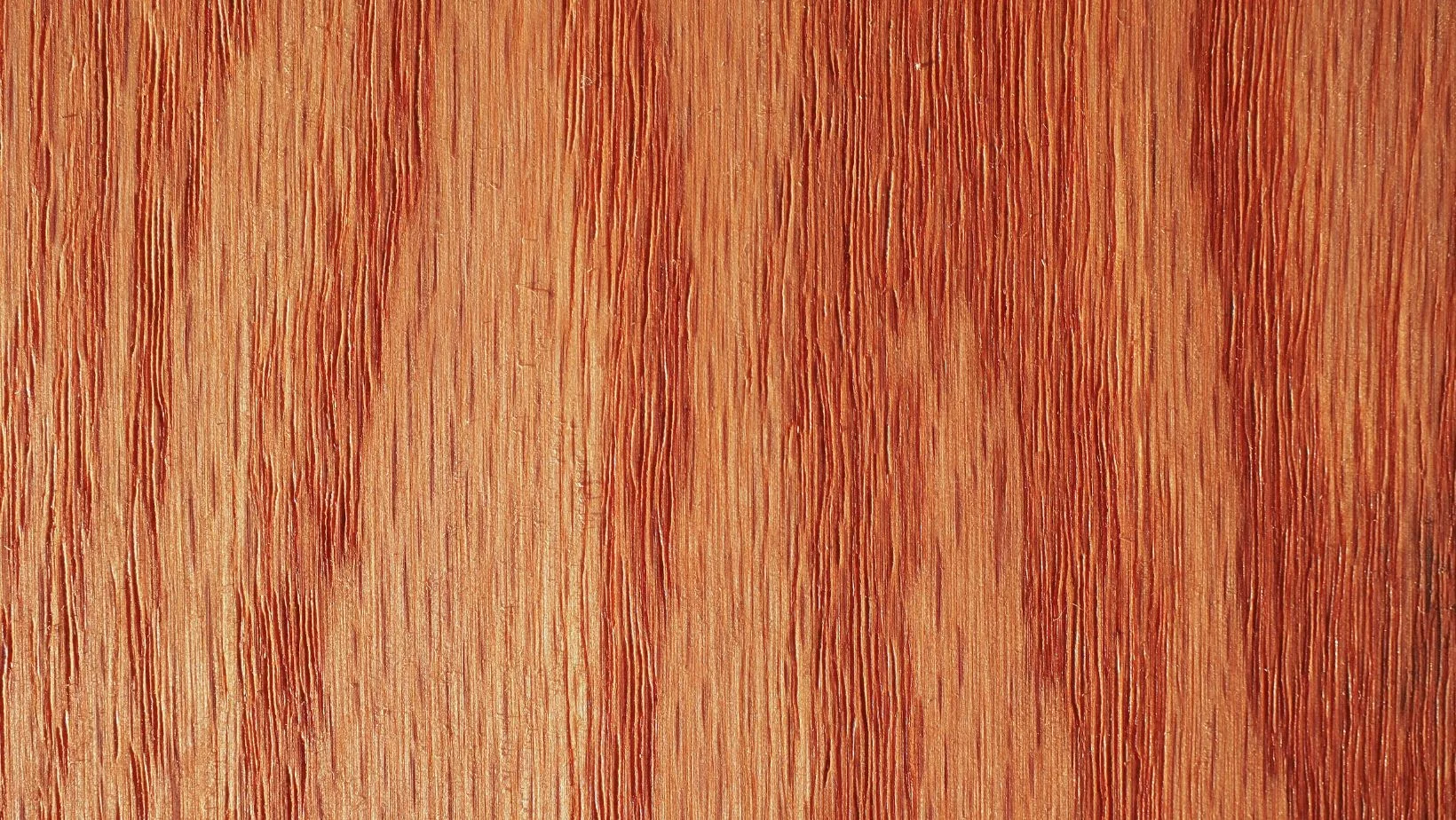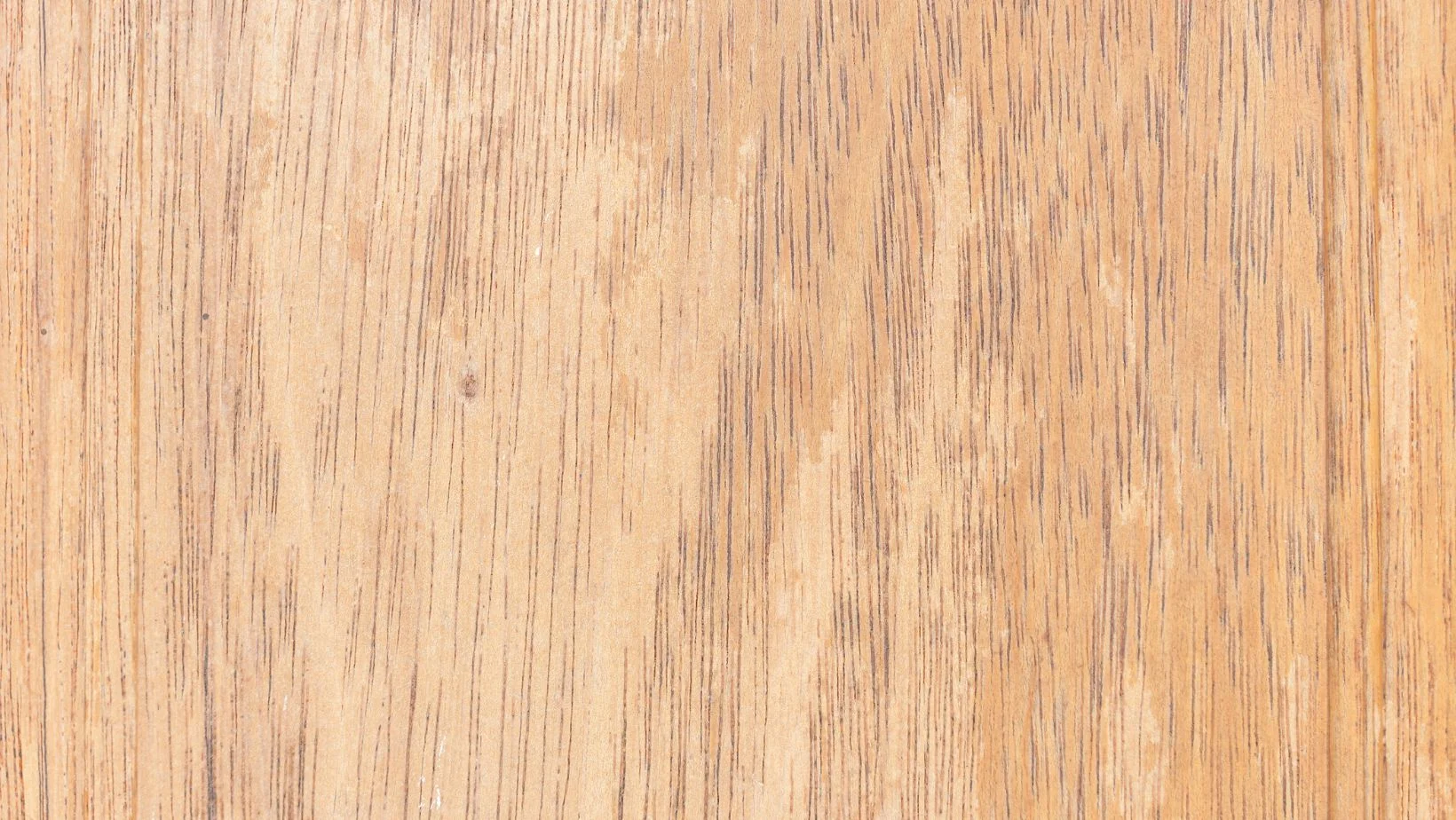When selecting hardwood for your home or woodworking project, the choice between red oak and white oak is difficult yet significant. Each species possesses unique characteristics that make it suitable for specific applications. This comprehensive guide will delve into the difference between red and white oak, helping you make an informed decision based on your preferences and project requirements.
An Overview of Oak Wood
Species
Oak trees, members of the Quercus genus within the beech family, boast an impressive presence in the United States, with around 600 surviving species. The country harbors more than 60 distinct types of oak, each serving a unique and valuable purpose.
Characteristics
Boasting remarkable strength and natural resistance to insect and fungal attacks, the oak tree owes its durability to the elevated tannin content within its wood. These exceptional qualities have made oak timber a preferred choice in constructing premium furniture and interior paneling. Moreover, its practicality, high quality, and affordability have positioned it as the predominant hardwood species for flooring.
Concerning hardwood, two prevalent species, red and white oak, take the spotlight. Despite their popularity, many consumers find distinguishing between the two varieties challenging.
Red Oak vs. White Oak Flooring
Red Oak
Overview
Red oak (Quercus rubra, Quercus borealis) trees, while not reaching the towering heights of white oaks, can still grow impressively tall, reaching up to 75 feet. Their distinctive appearance is characterized by branches that do not extend as far, giving the species a leaner look.
One notable feature of red oak trees is their rapid growth, potentially reaching heights of up to 20 feet within a decade. This growth rate and their adaptability to various soil types, including heavily compacted ones, make them resilient in diverse environmental conditions.
Appearance
Red oak trees distinguish themselves with a notably deeper coloration compared to their white oak counterparts. The bark of red oaks is generally smoother, adorned with only a few pronounced ridges, offering a distinct visual contrast.
When examining the foliage, another key difference emerges. Red oak leaves exhibit more pointed ends, creating a sharper appearance, in contrast to the rounded edges of white oak leaves. These variations in color, bark texture, and leaf morphology contribute to red oak trees’ unique and easily distinguishable features.
Durability
Adding to its distinct characteristics, red oak feels softer, which should prompt caution for certain applications. It is advisable to use red oak in areas with lower foot traffic and minimal exposure to moisture. For instance, it may be more suitable for cabinet doors in spaces away from high-traffic zones.
To enhance its longevity and protect against potential wear, applying a thick seal or varnish can greatly benefit red oak. This added layer of protection helps preserve the wood and maintain its aesthetic appeal over time, ensuring that red oak continues to contribute to the overall charm of your living space.
Pores
The texture of red oak stands out significantly from that of white oak, marked by its increased porosity and absorbent nature. While the porous quality of red oak presents both advantages and disadvantages, this is its distinguishing feature in the realm of woodworking.
On the downside, the heightened porosity makes red oak more vulnerable to water damage, potentially leading to warping. Consequently, it’s not the optimal choice for installations near sinks or water-prone areas. However, the porous nature of red oak can be advantageous in terms of finishing. This wood species readily accepts polish and stains, showcasing its versatility in woodworking projects. This unique characteristic contributes to the aesthetic appeal of red oak, providing a distinctive and customizable appearance in various applications.
White Oak
Overview
White oak trees are renowned for their imposing size. These oak trees can reach substantial proportions if allowed to mature without intervention. A typical specimen may attain a height of approximately 80 feet, and its expansive branches can span almost as wide as its height when considering the full width of its boughs.
Despite their impressive dimensions, white oak trees of North America are characterized by their slow growth.
Appearance
The inherent characteristics of natural white oak distinguish it from other oaks. Notably lighter in color than red oak, it also exhibits a more robust and ashier bark. The bark’s deep ridges contribute to its aesthetic appeal, making it a favored choice for many landscaping enthusiasts.
In contrast to the coarse texture of the bark, the leaves of the white oak feature rounded ends rather than sharp angles. This subtle yet distinctive leaf shape adds to the overall visual charm of the tree, creating a unique and appealing presence in natural landscapes.
Durability
The inherent toughness and durability of white oak flooring surpasses that of red oak, attributed to its close-grained and less porous structure.
The remarkable strength of white oak includes being resistant to water damage by minimally absorbing fluid. This unique quality makes it an ideal choice for scenarios where water and steam resistance are crucial, such as in the construction of bathroom or kitchen cabinet doors. The historical legacy of white oak’s durability and contemporary applications showcase its enduring reputation as a resilient and reliable hardwood.
Pores
White oak trees exhibit a unique defense mechanism with microscopic features called tyloses, which play a crucial role in the tree’s ability to seal off diseased branches. The presence of tyloses in the pores of white oak wood contributes to its nearly impermeable nature, making it highly resistant to water and the effects of weathering. This natural adaptation not only enhances the durability of white oak but also underscores its resilience in various environmental conditions, making it a sought-after choice for a range of applications.
Choosing between red and white oak involves considering their respective characteristics, applications, and aesthetic qualities. While both species belong to the illustrious oak family, each presents a unique set of features that can significantly impact the outcome of your project. Whether you prioritize the durability and water resistance of white oak or the porous texture and staining potential of red oak, we hope this comprehensive guide has provided you with valuable insights to empower your decision-making process.










